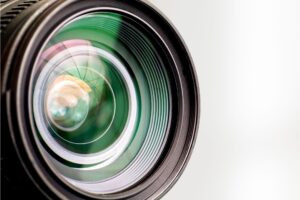Canon vs Nikon vs Sony vs Fujifilm—choosing between these camera giants can be a daunting task, especially for beginners.
In this comprehensive guide, we’ll dive deep into the nuances of each brand’s camera system, autofocus capabilities, lens options, and overall user experience. Whether you’re a hobbyist photographer or someone just starting out, this article aims to be your ultimate resource for making an informed decision.
Stay tuned as we unravel the strengths and weaknesses of each brand, helping you find the perfect fit for your photography needs.
| Aspect | Canon | Nikon | Sony | Fujifilm |
|---|---|---|---|---|
| Autofocus | Strong | Best | Good | Good |
| Lens Availability | Wide | Wide | Large | Limited |
| User Experience | Good | Good | Fair | Excellent |
Why Choosing the Right Camera System Matters
Importance of a Camera System for Different Types of Photography
Whether you’re into landscape photography, portraiture, or fast-action sports, the camera system you choose will significantly impact your work.
For instance, a robust autofocus system is crucial for capturing fast-moving subjects, while a wide range of available lenses can be a game-changer for landscape and macro photography.
What Lens Do I Need for Different Systems?
Choosing a camera system also dictates the types of lenses you’ll have at your disposal.
Each brand offers a unique set of lenses, from wide-angle to telephoto, that can either enhance or limit your creative possibilities.
If you’re wondering “what camera lens do I need?”, the answer largely depends on the camera system you opt for.
Canon and Nikon offer a broad range of lenses, while Sony now also provides a large lens lineup for its mirrorless cameras. Fujifilm, on the other hand, has more specialized but high-quality options.
Autofocus (AF)
Comparing AF Systems: Eye Detection and Tracking
When it comes to autofocus (AF), each brand has its own set of strengths and weaknesses.
Contrary to popular belief, Nikon currently offers the best autofocus system, particularly excelling in eye detection and tracking. This makes it an excellent choice for portrait photographers or anyone needing precise focus.
Canon also offers strong autofocus capabilities, especially in their newer models. Sony provides good autofocus features, but not as extensive as Nikon’s. Fujifilm is not far behind, offering reliable AF systems that include eye detection, albeit with some limitations.
Note: If you’re new to autofocus, understanding how camera lenses work can significantly improve your user experience.
How AF Contributes to the Overall Camera System
Autofocus is not just a standalone feature; it’s an integral part of the overall camera system.
A fast and accurate AF system can make or break your photography experience, especially in challenging conditions like low light or fast action.
In essence, a robust AF system complements other camera features, enhancing the overall functionality and ease of use.
For instance, if you’re into wildlife photography, a camera with a quick autofocus system can be the difference between capturing a perfect shot of a bird in flight or missing it entirely.
Similarly, for portrait photography, features like eye detection can ensure your subject is always in perfect focus, enhancing the overall quality of your lenses.
Full Frame vs APS-C
What Are Full Frame and APS-C?
Before diving into the comparison, it’s crucial to understand what Full Frame and APS-C actually mean.
Full Frame sensors are equivalent in size to a 35mm film frame and are generally considered superior for professional photography due to their higher resolution and better low-light performance.
APS-C sensors are smaller and are often found in cameras designed for amateur photographers or hobbyists.
Quick Tip: If you’re new to these terms, understanding the difference between Full Frame and APS-C can help you make a more informed decision on what camera lens you might need.
Comparing Sensor Sizes Across Brands
- Canon: Offers both Full Frame and APS-C cameras, with a wide range of lenses for both.
- Nikon: Similar to Canon, Nikon provides options for both sensor sizes but leans more towards Full Frame in their newer models.
- Sony: Known for their Full Frame mirrorless cameras, Sony has the advantage of being in the full-frame mirrorless market longer than Nikon or Canon. They also offer APS-C options.
- Fujifilm: Primarily focuses on APS-C and medium-format cameras. Fujifilm does not offer Full Frame options, contrary to some beliefs.
Zoom Lenses vs Prime Lenses for Both Sensor Types
When it comes to lenses, both Full Frame and APS-C have their own sets of advantages and disadvantages.
Full Frame cameras often pair well with prime lenses, offering higher resolution and better low-light performance.
APS-C cameras, on the other hand, can benefit from zoom lenses, especially when capturing subjects at a distance.
- Full Frame: Prime lenses like f1.4 and f1.2 are often preferred for their superior optical quality.
- APS-C: Zoom lenses offer more versatility, making them a good fit for those who want a range of focal lengths without changing the lens.
Understanding the interplay between sensor size and lens type can guide you in choosing the right camera system and lenses, whether you’re a hobbyist or aiming for professional shots.
Lenses
Variety and Quality Across Brands
The lens ecosystem is a critical factor to consider when choosing a camera brand.
Here’s a quick rundown of what each brand offers:
- Canon: Known for its extensive range of lenses, from ultra-wide to super-telephoto. Canon’s lenses are generally of high quality, suitable for both professionals and hobbyists.
- Nikon: Offers a wide variety of lenses, including some unique fisheye and tilt-shift options. Quality is consistent, and the lenses are compatible across many camera bodies.
- Sony: Offers a wide variety of lenses, including some unique fisheye and tilt-shift options. Quality is consistent, and the lenses are compatible across many camera bodies.
- Fujifilm: Limited but specialized lens options, focusing on quality over quantity. Fujifilm lenses are often praised for their color rendition and sharpness, and they are generally of very good quality but can be expensive.
Did You Know?: The quality of your lens can significantly impact your photography. It’s not just about the camera body; a good lens can make a world of difference.
How to Check Camera Lens Quality
If you’re investing in a new lens, it’s essential to know how to check its quality.
Look for factors like sharpness, chromatic aberration, and barrel distortion. Reviews and sample images can provide valuable insights into a lens’s performance.
Additionally, some stores offer the option to test lenses before purchase, giving you a hands-on experience of the lens quality.
In-Body Stabilization (IBIS)
Comparing IBIS Systems Across Brands
In-Body Stabilization (IBIS) is a feature that can significantly improve your photography, especially in low-light conditions or when using slower shutter speeds.
Here’s how the four brands stack up:
- Canon: Introduced IBIS in their EOS R5 and EOS R6 models, offering up to 8 stops of stabilization. The system works by taking a series of nine shots to produce super-high-res images. It’s particularly beneficial for low-light photography and smoother video footage.
- Nikon: The Z6 and Z7 were the first Nikon cameras to offer IBIS, providing around 5 stops of stabilization. The system works by moving the sensor inside the camera to compensate for camera movement. It eliminates the need for Nikon’s VR system in lenses, reducing size, weight, and price.
- Sony: Offers IBIS in some models, but its efficiency has been criticized. Despite this, Sony’s mirrorless cameras excel in video features like 4K recording and high frame rates. However, they do have poor battery life and can experience low light autofocus issues.
- Fujifilm: Introduced IBIS in its APS-C X series and medium format GFX line. The X-T4 offers up to 6.5 stops of stabilization. While some users find IBIS detrimental to the “pure photographic experience,” others praise its effectiveness in certain situations.
The Performance Gap: With IBIS vs Without
Having IBIS can be a game-changer, closing the performance gap between amateur and professional photography.
It allows for more flexibility in shooting conditions, enabling you to capture sharp images even at slower shutter speeds.
On the flip side, the absence of IBIS means you’ll have to rely more on lens stabilization or shooting techniques to avoid camera shake.
User Experience
Comparing UI and Overall Experience
User experience goes beyond just image quality; it encompasses the camera’s interface, ease of use, and overall handling.
- Canon: Known for its intuitive UI and comfortable ergonomics, Canon offers a seamless shooting experience. While the brand has some limitations in video features, its wide array of choices and class-leading autofocus systems make it a top pick for many.
- Nikon: Offers a customizable and straightforward UI, similar to Canon. Nikon cameras are comfortable to use and well-built. They also offer a range of versatile lenses suitable for photographers at all levels.
- Sony: Powerful but complex, Sony’s menu system can be a hurdle for beginners. Despite this, Sony excels in features like dynamic range, eye autofocus, and video capabilities. However, some users find the grip uncomfortable.
- Fujifilm: Stands out for its retro design and excellent build quality. Fujifilm offers a unique shooting experience with its physical exposure control dials and rangefinder-style optical viewfinders. While the lenses can be pricey and the battery life is not as long as DSLRs, the brand’s cameras are both fun and intuitive to use.
Importance of Lens Maintenance
Maintaining a clean lens is crucial for a good user experience.
Dust or smudges on your lens can affect image quality and even autofocus performance.
Regular cleaning of your camera lens is a simple yet effective way to ensure your camera system performs at its best.
For the Hobbyist
Budget-Friendly Options and Third-Party Lenses
Photography can be an expensive hobby, but it doesn’t have to break the bank.
Each of the four major brands offers budget-friendly options that still provide excellent performance:
Canon
If you’re looking to get into photography without spending a fortune, Canon has several options to consider. The EOS R10 and Rebel T7 are excellent starting points, offering good performance at a lower price. For those interested in mirrorless options, the EOS M50 and EOS RP are budget-friendly choices that come with full-frame sensors.
Canon also offers a range of budget-friendly lenses, such as the EF 50mm f/1.8 STM, which is popular for its sharpness and low price. The EF-S 10-18mm f/4.5-5.6 IS STM is a great starter wide-angle lens, and the EF-S 35mm f/2.8 Macro IS STM is excellent for macro photography.
Nikon
Nikon also provides a variety of budget-friendly options.
The D3500 is a solid entry-level DSLR with an intuitive user interface, while the Z50 offers a mirrorless alternative with a DX-format sensor. If you’re looking for something a bit more advanced but still budget-friendly, the D5600 and Z5 are excellent choices.
Nikon’s budget-friendly lenses include the Nikkor AF-P DX 70-300mm f/4.5-6.3G ED VR, which is geared towards entry-level DSLR users, and the AF-S DX NIKKOR 35mm f/1.8G, a great prime lens for portraits or low-light photography.
Sony
Sony offers a range of budget-friendly cameras that don’t skimp on features.
The A7 III and A7R V are good entry points into the full-frame mirrorless world, offering excellent image quality and autofocus performance. For those who prefer something even more budget-friendly, the A6100 and A6000 are solid entry-level options.
Sony’s budget-friendly lens options include the E 55-210mm f/4.5-6.3 OSS, a telephoto zoom lens great for entry-level photographers, and the E 70-350mm f/4.5-6.3 G OSS, a high-quality telephoto zoom lens suitable for wildlife and sports photography.
Fujifilm
Fujifilm is another brand that offers excellent budget-friendly options.
The X-E4 and X-S10 are compact and lightweight mirrorless cameras that offer excellent image quality. For those who want a budget-friendly mirrorless camera with up-to-date tech, the X-T30 II is a great option. The X-A7 and X-T200 are also solid entry-level choices.
Fujifilm offers lenses like the XC 50-230mm f/4.5-6.7 OIS II, a budget-friendly telephoto zoom lens, and the XF 18-55mm f/2.8-4 R LM OIS, a versatile all-in-one lens great for travel photography.
Third-Party Lenses
If you’re on a tight budget, third-party lenses can also be a viable option.
Brands like Sigma, Tamron, and Samyang offer lenses that are compatible with multiple camera systems. These lenses often come at a fraction of the cost of native lenses, making them a great choice for hobbyists.
Popular third-party lens options include the Sigma 24-70mm F2.8 DG DN Art, Tamron 18-300mm, and Samyang 50mm f1.2.
Making the Most of Your Kit Lens
Many entry-level cameras come with a kit lens, usually a standard zoom like an 18-55mm.
While these lenses may not offer the best optical quality, they are incredibly versatile.
Learning how to make the most of your kit lens can be a valuable skill.
Experiment with different focal lengths, and don’t shy away from using manual settings to understand the capabilities and limitations of your lens.
FAQs
Which is Superior, Fujifilm or Canon?
Both Fujifilm and Canon excel in different areas. Fujifilm is known for its user-friendly interface and unique film simulation modes. Canon, on the other hand, offers a wide range of lenses and robust autofocus systems.
Is Sony a Better Choice Than Fujifilm?
Sony is lauded for its advanced autofocus and full-frame options. Fujifilm offers a more intuitive user experience and is generally more budget-friendly, making it a strong alternative.
What Makes Fujifilm Stand Out Over Canon?
Fujifilm stands out for its unique film simulation modes and user-friendly interface. These features make it a favorite among those who prioritize creativity and ease of use.
Do Pros Favor Nikon or Canon?
Both Nikon and Canon are popular among professionals. Canon is often chosen for its extensive lens variety, while Nikon is praised for its durable camera bodies and customization options.
Why is Canon More Popular Among Photographers Than Nikon?
Canon’s user-friendly interface and extensive lens library make it a popular choice among photographers, ranging from beginners to professionals.
Why Would One Choose Fujifilm Over Sony?
Fujifilm offers a more intuitive user experience and unique film simulation modes. These features make it a preferred choice for those who value creativity and ease of use.
Do Professional Photographers Opt for Sony?
Yes, many professionals are increasingly choosing Sony for its advanced autofocus capabilities and high-quality full-frame options.
Why Isn’t Fujifilm a Common Choice Among Professionals?
Fujifilm is often overlooked by professionals due to its limited lens options and the absence of full-frame sensor cameras in its lineup.
Why Would One Consider Canon Over Sony?
Canon offers a broader range of lenses and is generally considered more user-friendly. These factors make it a strong choice for photographers at all skill levels.
Conclusion
Summing Up the Key Points
Choosing between Canon, Nikon, Sony, and Fujifilm involves considering a variety of factors, from autofocus capabilities to lens availability and user experience.
Each brand has its own strengths and weaknesses, tailored to different types of photography and user needs. Third-party lenses can also be a cost-effective way to expand your lens collection.
Regardless of your choice, remember that regular maintenance, like cleaning your camera lens, can go a long way in enhancing your photography experience.
In the end, the best camera system for you is the one that aligns with your specific needs and photography goals.
Take the time to assess what features are most important to you and how they fit into your budget.
Additional Resources
For further reading and to deepen your understanding of cameras and lenses, check out the following articles:


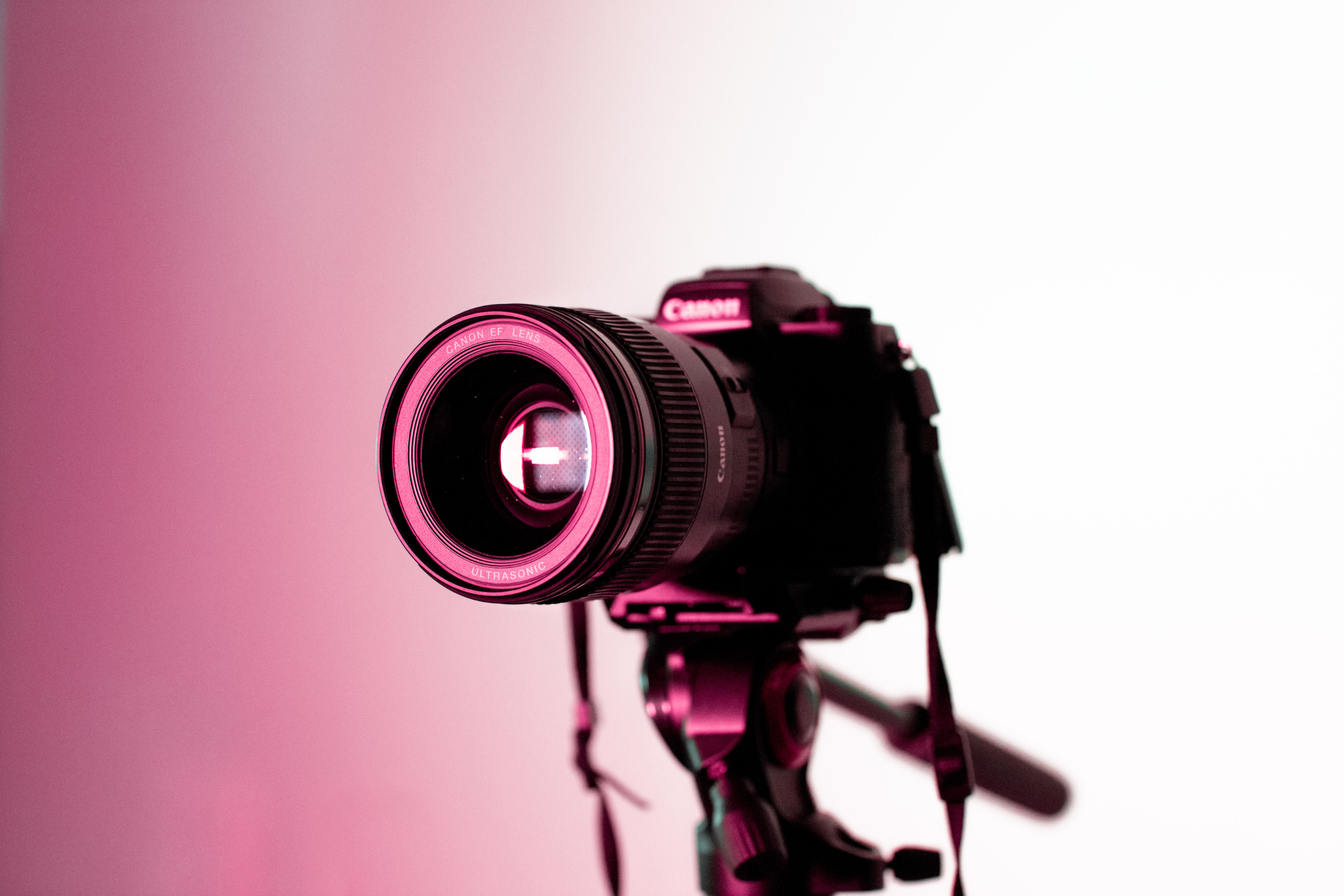
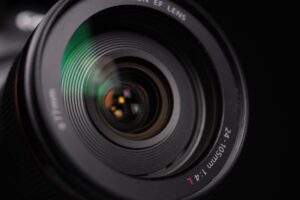

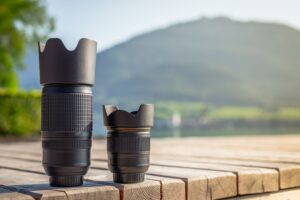
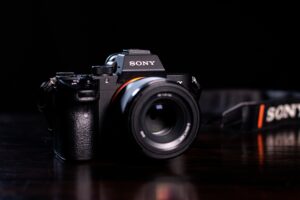
![Read more about the article Lens Care 101: How Do You Clean a Camera Lens? [2023]](https://photographyexplorer.com/wp-content/uploads/2023/08/How-Do-You-Clean-a-Camera-Lens-300x200.jpg)
